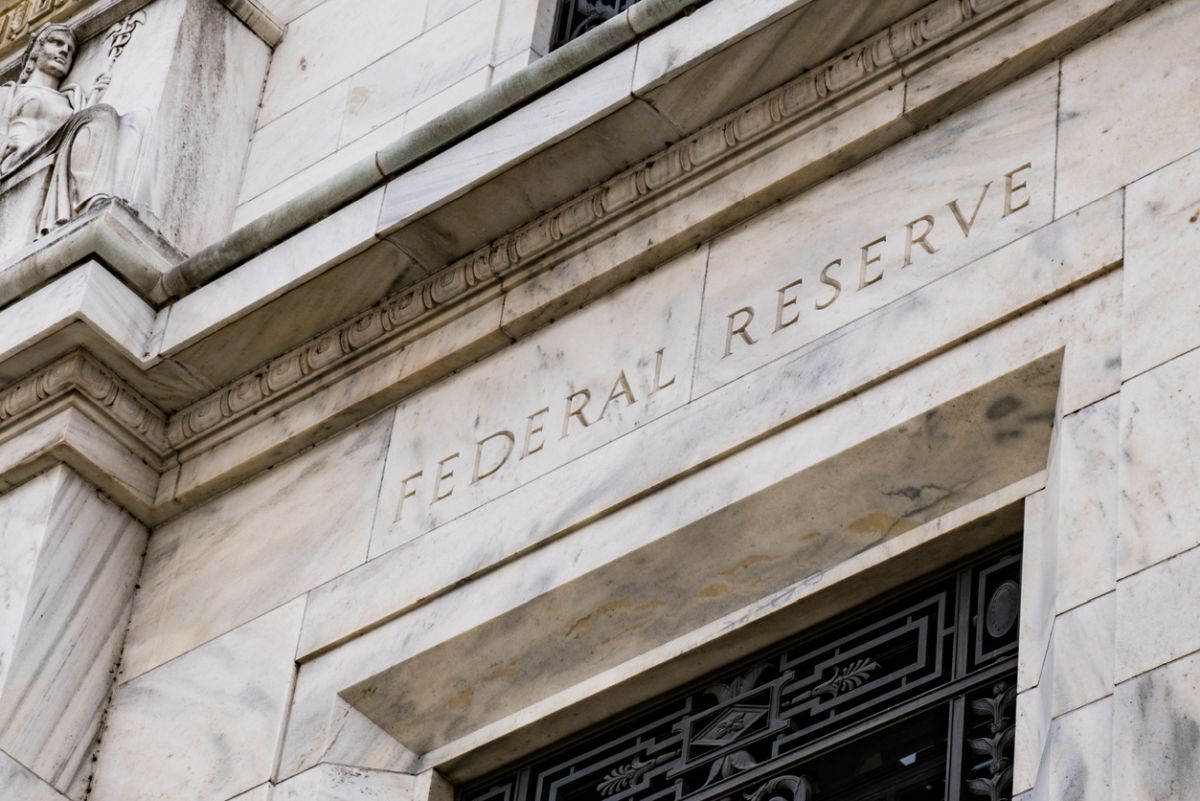As the year draws to a close, the Federal Reserve’s recent pivot in monetary policy has sent ripples through financial markets, leaving investors and analysts pondering the implications of this significant shift. The decision to leave interest rates unchanged and the subsequent remarks from Fed Chairman Jero- me Powell have sparked a sea change in market senti- ment, with many now anticipating a departure from the era of tightening. Mr Powell’s assertion that the historic tightening of monetary policy is likely to be over comes as a breath of fresh air for those closely watching inflation dynamics. The unexpected deceler- ation of inflation, coupled with a nuanced discussion on potential rate cuts, has reshaped the landscape for investors and policymakers alike. It appears that the Fed is setting sail toward uncharted waters, navigating the delicate balance between stable prices and maxim- um employment. The announcement itself had a swift impact on various fronts. Stocks surged, reaching new heights, underlining the market’s approval of a more accommodative stance. The dollar weakened against a basket of currencies, and US Treasury yields experien- ced a notable decline. These market reactions suggest that investors are interpreting the Fed’s move as the beginning of an easing cycle. What’s particularly in- triguing is Mr Powell’s acknowledgment that 17 out of 19 Fed policymakers anticipate lower rates by the end of 2024, with none foreseeing an increase. This aligns with the central bank’s pursuit of a “soft landing,” where inflation retreats to the 2 per cent target, and the US economy slows without plunging into a recessi- on. The Fed now finds itself at a delicate juncture, em- phasising the importance of both its mandates ~ main- taining stable prices and maximising employment. The bond market, always quick to respond to shifts in poli- cy sentiment, embraced Mr Powell’s message. The yield on the two-year Treasury note, closely tied to Fed poli- cy rate expectations, took a nosedive, effectively pric- ing in a rate cut.
Moreover, the yield on the 10-year Treasury note, a crucial benchmark for mortgage rates and borrowing costs, witnessed a significant drop rarely observed out- side of economic emergencies. Mr Powell’s optimism about cooling inflation, coupled with projections showing headline personal consumption expenditures inflation ending 2023 at 2.8 per cent and declining fur- ther to 2.4 per cent by the end of the following year, instil confidence in the Fed’s ability to achieve a soft landing. However, the Fed’s newfound optimism is not without its caveats. Mr Powell rightly emphasised that declaring victory over inflation would be premature, and a crucial question remains: When will it be appro- priate to begin reducing rates? Striking the right bal- ance is essential, with officials keenly aware of the risks of overdoing it and inadvertently triggering a faster- than-necessary economic slowdown. The ship of mon- etary policy has set sail on a new course and investors will closely monitor economic indicators and the Fed’s actions in the coming months.
Advertisement









